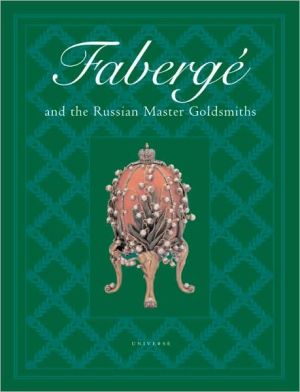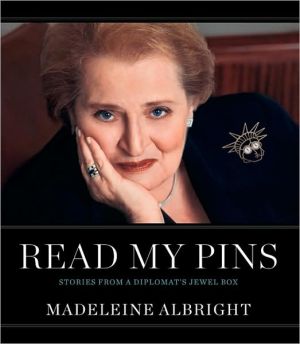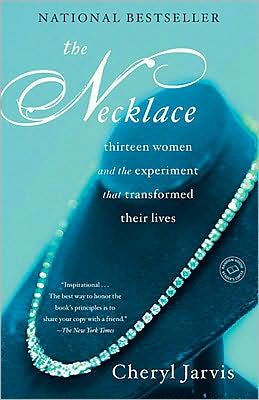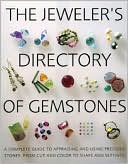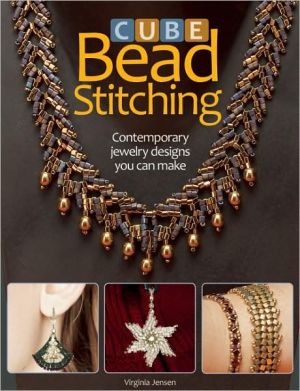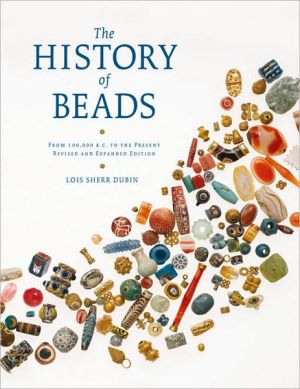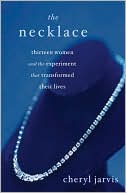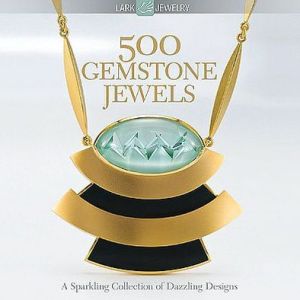Faberge and the Russian Master Goldsmiths
Peter Carl Fabergé (1846–1920) is deservedly the most famous creator of the stunning gold, silver, and jewel-studded treasures of imperial Russia. Perhaps because of the popularity of his Easter eggs, Fabergé’s skilled competitors have been largely overlooked. Fabergé and the Russian Master Goldsmiths tells their story and features their masterpieces as well as Fabergé’s. Today, the creations of the Russian master goldsmiths are dispersed throughout the world. A broad sampling of masterpieces...
Search in google:
Peter Carl Fabergé (1846–1920) is deservedly the most famous creator of the stunning gold, silver, and jewel-studded treasures of imperial Russia. Perhaps because of the popularity of his Easter eggs, Fabergé’s skilled competitors have been largely overlooked. Fabergé and the Russian Master Goldsmiths tells their story and features their masterpieces as well as Fabergé’s. Today, the creations of the Russian master goldsmiths are dispersed throughout the world. A broad sampling of masterpieces from the great Russian collections, as well as from private and public collections, are depicted here in nearly 300 full-color illustrations, a number of which are published here for the first time.Publishers WeeklyThe renowned Easter eggs made by Peter Carl Faberge for the czars of Russia lead off this cavalcade of treasures, captured in 277 color plates and two informative essays. Russia's master goldsmiths and jewelers created marvels in clocks, tableware, scent bottles, opera glasses. They fashioned religious icons and chalices drawing on age-old traditions, and innovated forms in carved hardstone flowers or stone figurines. Objects such as cigarette cases have a distinctively Russian feel, while a striking naturalism was achieved in animal carvings of a hippopotamus or a frog. In their opening essay, Smorodinova and Ulyanova, curators at Moscow's Historical Museum, offer a thorough survey of this art and discuss pioneers such as Faberge, Pavel Ovchinnokov and Ivan Khlebnikov. Hill, curator of Russian art for Sotheby's, New York, briefly reviews Faberge's life and artistic sources. (Nov.)
Peter Carl Faberge (plates 1-7) 9The Russian Master Goldsmiths (plates 8-16) 23Eggs (plates 17-73) 54Flowers and Hardstone Carvings (plates 74-93) 116Boxes and Cases (plates 94-130) 136Frames and Clocks (plates 131-165) 170Religious Objects (plates 166-179) 206Table Ornaments and Objets de Vitrine (plates 180-251) 220Objets de Luxe (plates 252-275) 290Index 317Photography Credits 320
\ Publishers Weekly - Publisher's Weekly\ The renowned Easter eggs made by Peter Carl Faberge for the czars of Russia lead off this cavalcade of treasures, captured in 277 color plates and two informative essays. Russia's master goldsmiths and jewelers created marvels in clocks, tableware, scent bottles, opera glasses. They fashioned religious icons and chalices drawing on age-old traditions, and innovated forms in carved hardstone flowers or stone figurines. Objects such as cigarette cases have a distinctively Russian feel, while a striking naturalism was achieved in animal carvings of a hippopotamus or a frog. In their opening essay, Smorodinova and Ulyanova, curators at Moscow's Historical Museum, offer a thorough survey of this art and discuss pioneers such as Faberge, Pavel Ovchinnokov and Ivan Khlebnikov. Hill, curator of Russian art for Sotheby's, New York, briefly reviews Faberge's life and artistic sources. (Nov.)\ \ \ \ \ Library Journal``Exquisite from cover to cover'' is the description best suited to this lavishly illustrated volume on the unique creations of Faberge's workshop and of lesser-known contemporaries, including Khlebnikov, Ovchinnikov, and Sazikov. The introductory text details the smithing techniques they used and the rise to worldwide recognition of the artisans who ultimately played an important role in Russian culture. The primary focus of the book, however, is on the spectacular assortment of treasures they created, including eggs, jewelry, tableware, objets de vitrine, and objets de luxe. The objets d'art are arranged by category, with firm, master craftsman, date, size, and brief description offered for each. Highly recommended.-- Stephen Allan Patrick, East Tennessee State Univ., Johnson City\ \
